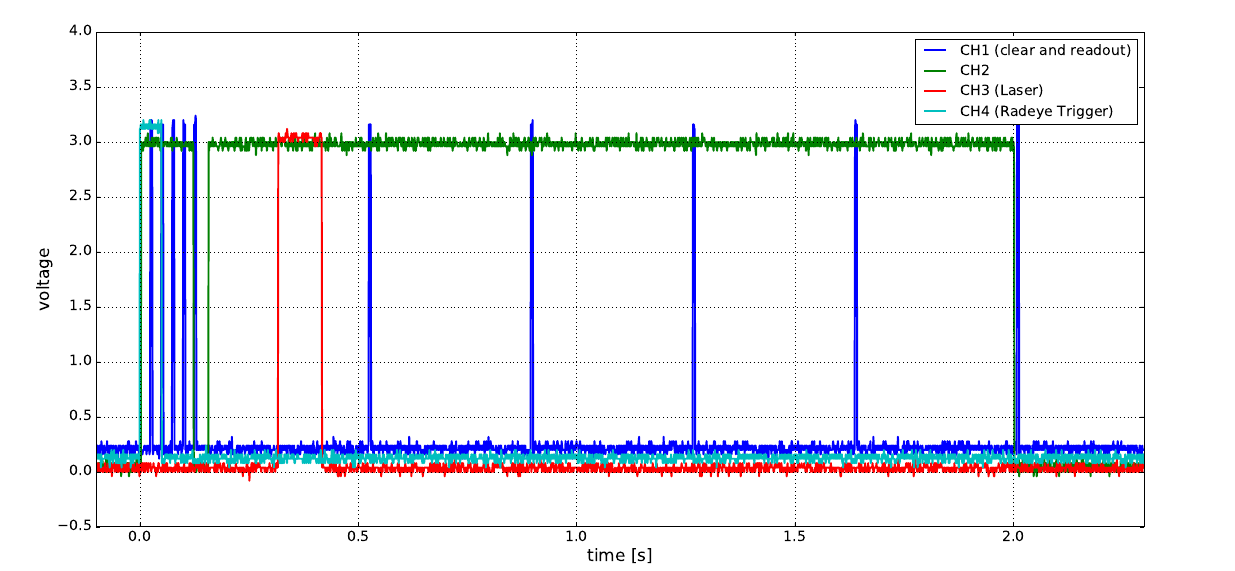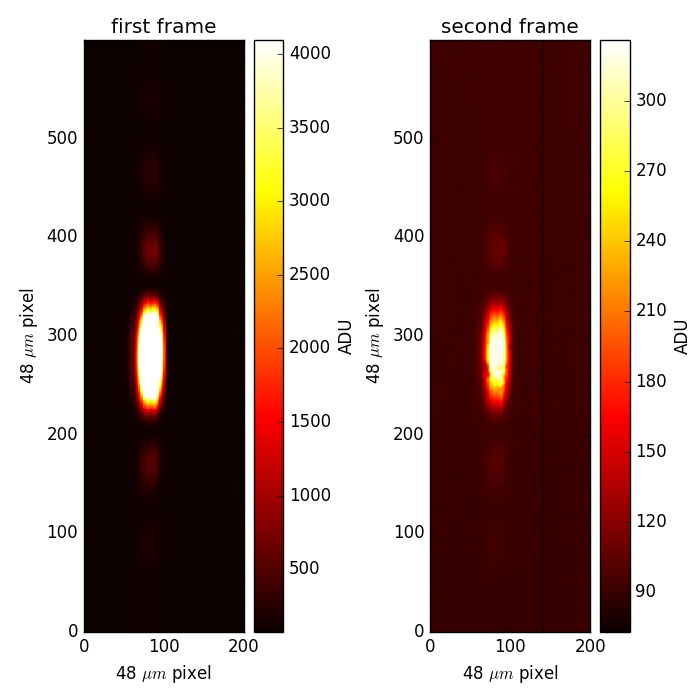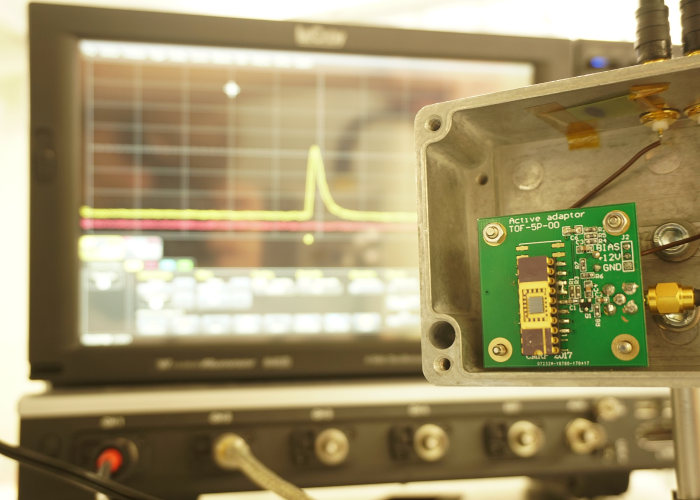Semiconductor Detectors
Commercially available CMOS pixel and prototype semiconductor detectors are used for scientific applications like proton beam radiography, spatially resolved detection of ion beams and characterization of laser-accelerated particles. They are also the basis for custom scintillation based detector systems for ion energy spectrometry and single particle characterization of ions beams with future potential use in radiotherapy.
 The technology of CMOS sensors is evolving in terms of radiation hardness, active area, framerate and dynamic range, mainly focused on the detection of X-rays. Custom software, hardware and electronics is develeoped inhouse, in order to enable the usage of modern CMOS pixel detectors in our experiments with high demands on linearity, reproducibility, radiation hardness, precise timing, vacuum/air environment, dynamic signal range, frame rate, blooming liability, multi-particle-species sensitivity and tolerance to electromagnetic disturbances.
The technology of CMOS sensors is evolving in terms of radiation hardness, active area, framerate and dynamic range, mainly focused on the detection of X-rays. Custom software, hardware and electronics is develeoped inhouse, in order to enable the usage of modern CMOS pixel detectors in our experiments with high demands on linearity, reproducibility, radiation hardness, precise timing, vacuum/air environment, dynamic signal range, frame rate, blooming liability, multi-particle-species sensitivity and tolerance to electromagnetic disturbances.
Custom software is for example used to send non-standard control signal sequences to a commercial CMOS detector (see first figure), in order to transform the usually unwanted 'Image-lag' phenomenon of CMOS sensors into an extended dynamic range. In this way quantitative information contained in a second frame can be merged with and complement data from initially saturated areas of the first image frame (see second figure).
In the third figure, the so-called Bridge Microdosimeter, developed by collaborators at the Centre for Medical Radiation Physics of the University of Wollongong, Australia, is exposed to ultra-short light pulses in order to determine the timing properties of detector and electronics. The timing performance and dose measurement capabilities are also exploited in time-of-flight characterization of poly-energetic particle beams.
Contact:
Dr. J. Bortfeldt
References:
F. Englbrecht, M. Würl, F. Olivari, A. Ficorella, C. Kreuzer, F. Lindner, M. Palma, L. Pancheri, G. Betta, J. Schreiber, A. Quaranta and K. Parodi; An Online, Radiation Hard Proton Energy-Resolving Scintillator Stack For Laser-Driven Proton Bunches; Radiat. Prot. Dosimetry. (2018), https://doi.org/10.1093/rpd/ncy008
F. Englbrecht, F. Balling, T. F. Rösch, M. Würl, F. Lindner, K. Parodi and J. Schreiber; Characterization of online high dynamic range imaging for laser-driven ion beam diagnostics using visible light; Current Directions in Biomedical Engineering (2017), https://doi.org/10.1515/cdbme-2017-0070
S. Reinhardt, W. Draxinger, J. Schreiber, W. Assmann, A pixel detector system for laser-accelerated ion detection, Journal of Instrumentation 8, P03008 (2013).
S. Reinhardt, C. Granja, F. Krejci, W. Assmann, Test of pixel detectors for laser-driven accelerated particle beams, Journal of Instrumentation 6, C12030 (2011).
Currently funded projects:


